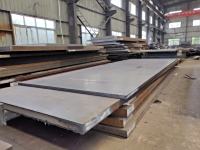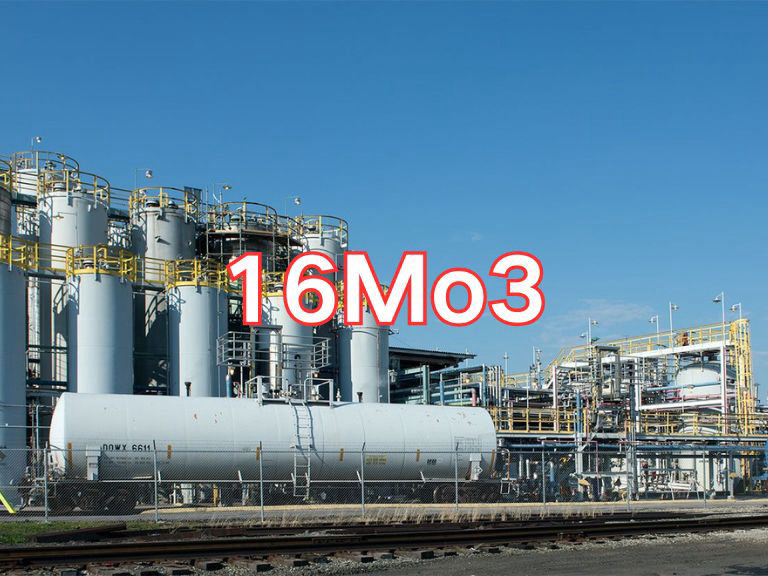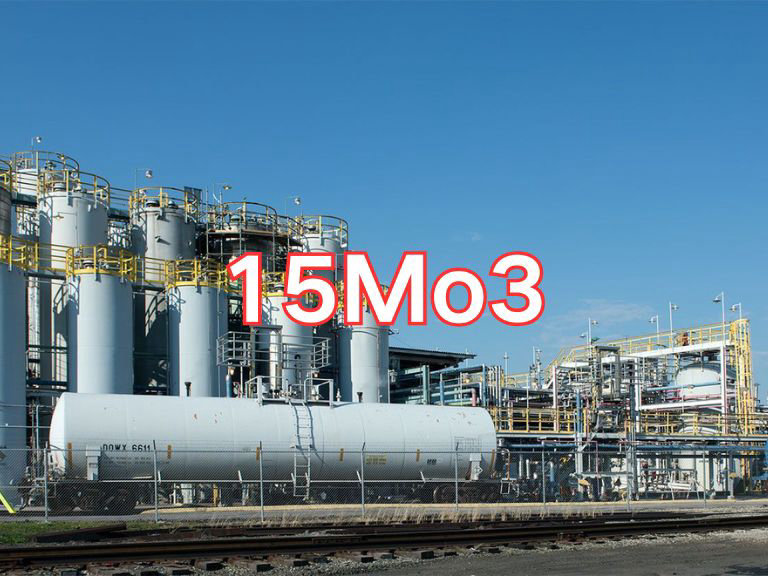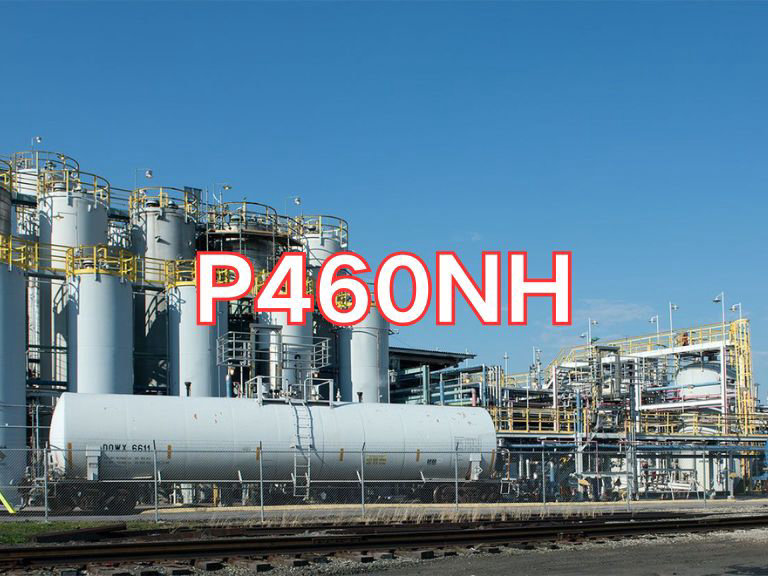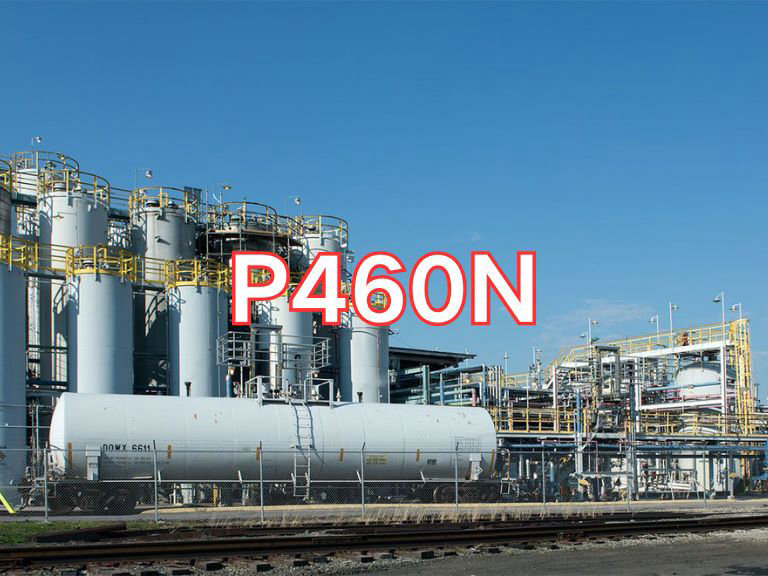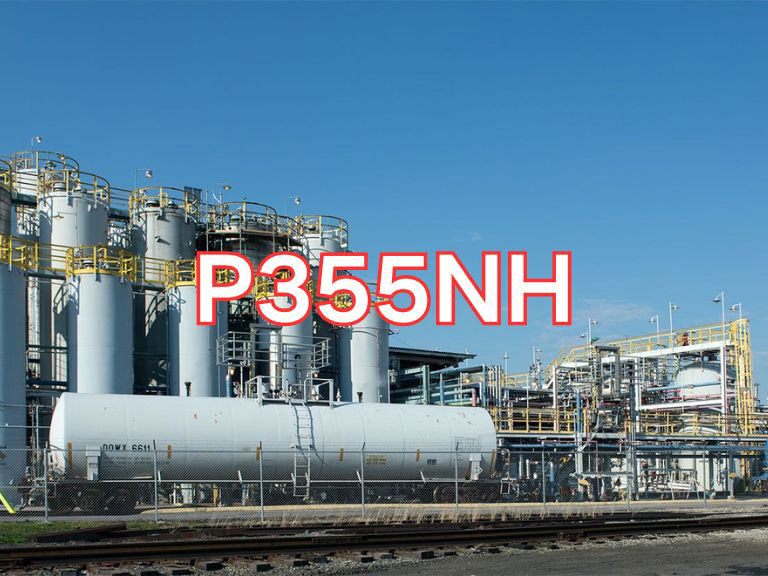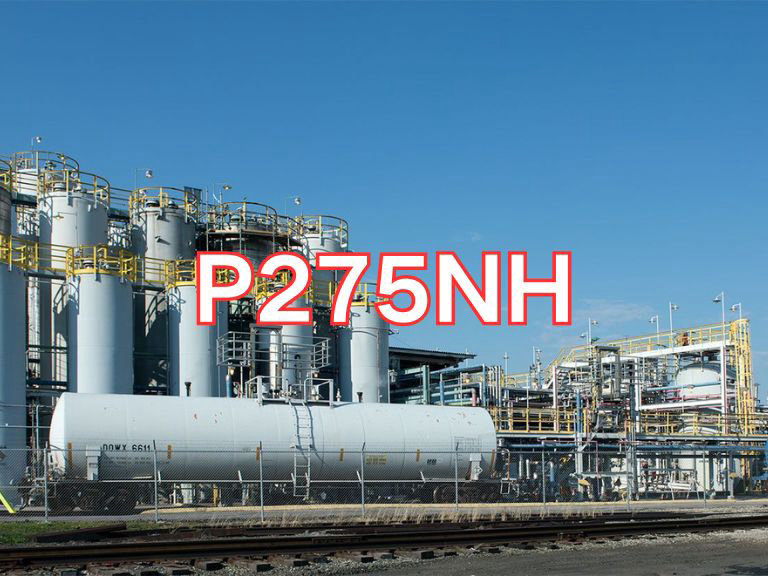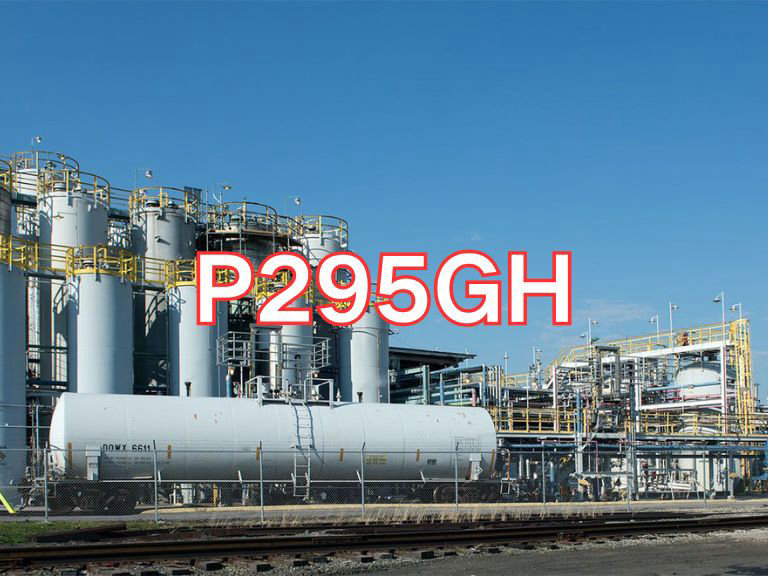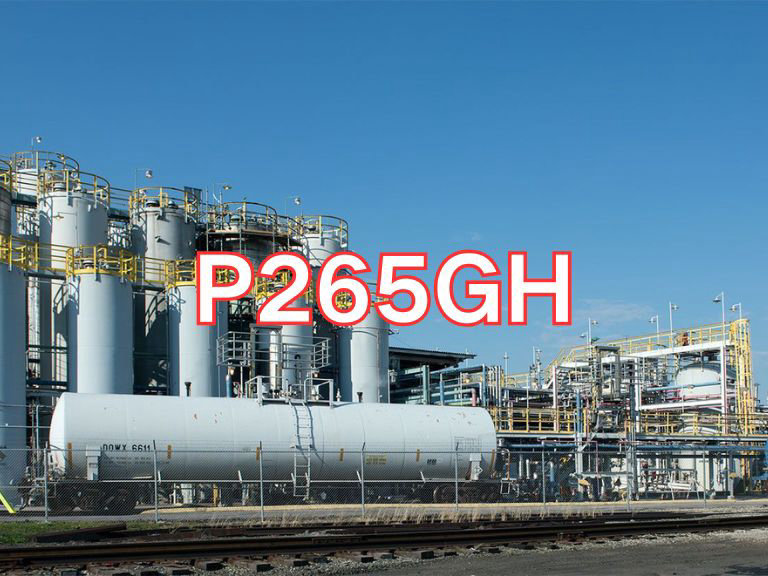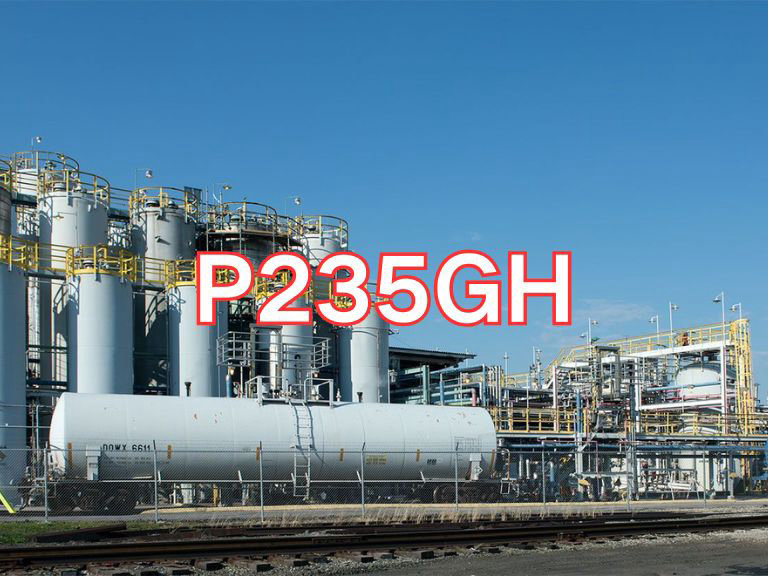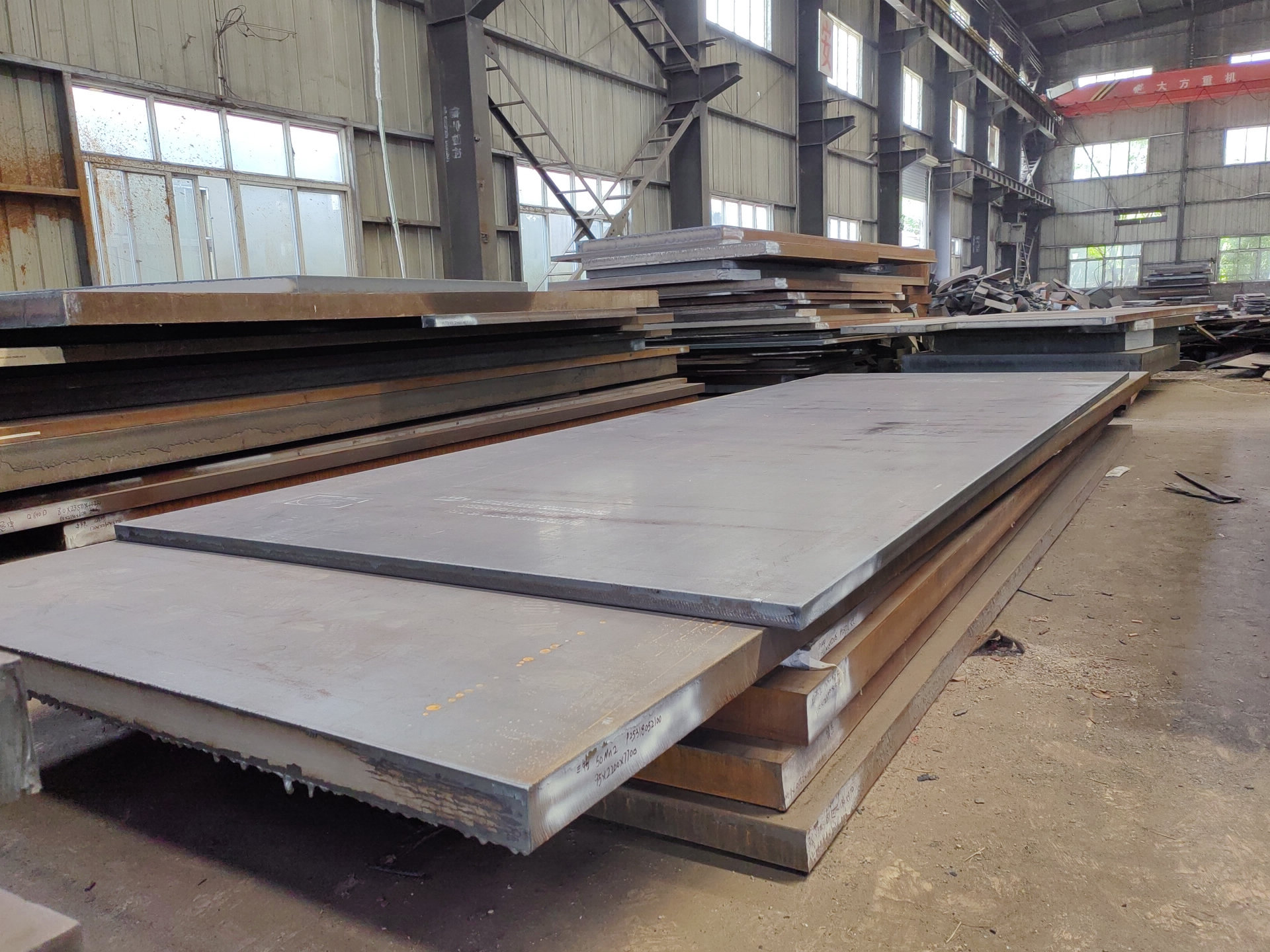

410B
1. Brief Introduction
410B is a high-strength low-alloy pressure vessel steel plate under the Chinese GB standard, with a yield strength grade of 295 MPa, delivered in thermo-mechanically controlled processed (TMCP) or normalized condition. It offers good comprehensive mechanical properties, excellent weldability, and low-temperature toughness. Through microalloying (e.g., adding Nb, V, Ti) and controlled rolling and cooling processes, it significantly enhances toughness while ensuring strength. It is widely used in manufacturing medium and low-pressure pressure vessels, storage tanks, bridges, and other important welded structures.
2. Grade Designation Explanation
"410": Indicates the nominal minimum yield strength of the steel plate is 410 MPa. This is a common naming method in Chinese standards, directly reflecting its core mechanical property indicator.
"B": Represents the quality grade of the steel plate. In Chinese standards (such as GB 712, GB 713), the letters "A", "B", "C", "D", and "E" represent different quality grades, primarily distinguished by the required impact toughness test temperature:
- Grade A: No impact requirements.
- Grade B: Requires +20°C Charpy V-notch impact testing.
- Grade C: Requires 0°C impact testing.
- Grade D: Requires -20°C impact testing.
- Grade E: Requires -40°C impact testing.
Therefore, 410B specifically denotes a pressure vessel steel with a nominal yield strength of 410 MPa grade that requires room temperature (+20°C) impact toughness testing.
3. Physical Properties
Typical room temperature mechanical properties of 410B steel plate and specific values depend on plate thickness and delivery condition, Note: The grade "410" refers to the nominal yield strength, but the actual specified minimum yield strength in the standard is typically 295MPa or higher; consult the specific standard for precise values.
- Yield Strength (Rp0.2): ≥ 295 MPa
- Tensile Strength (Rm): 420 - 560 MPa
- Elongation (A): ≥ 22%
- Impact Energy (KV2): ≥ 34 J @ +20°C (Grade B quality requirement)
- Modulus of Elasticity: ~200 GPa
- Density: ~7.85 g/cm³
4. Chemical Properties
The chemical composition of 410B (mass percent, typical values or maximum limits) typically requires low carbon equivalent to ensure weldability:
- C (Carbon): ≤0.18
- Si (Silicon): ≤0.50
- Mn (Manganese): 1.00-1.60
- P (Phosphorus): ≤0.025
- S (Sulfur): ≤0.015
- Nb (Niobium): Trace Amounts
- V (Vanadium): Trace Amounts
- Ti (Titanium): Trace Amounts
Carbon Equivalent (Ceq) and Cracking Susceptibility Index (Pcm) are strictly controlled to meet good weldability requirements.
5. Application Fields
Due to its good strength, toughness, and weldability, 410B steel plate is widely used in:
- Pressure Vessels: Manufacturing shells, heads, layer plates for medium and low-pressure vessels.
- Storage Tanks: Constructing large storage tanks for petroleum and chemical products, including raw material tanks, intermediate product tanks, etc.
- Engineering Machinery: Structures for mining machinery, excavators.
- Shipbuilding: Superstructures and hull structures for ships.
- Bridge Construction: Structural components like trusses and box girders for bridges.
6. Testing & Production Methods
Production Method: Typically smelted by basic oxygen furnace or electric furnace and delivered after Thermo-Mechanical Control Process (TMCP) or Normalizing (N). The TMCP process refines the grain structure by controlling rolling temperature and cooling rate, thereby increasing strength without sacrificing toughness.
Heat Treatment: Common delivery conditions are Thermo-Mechanical Control Process (TMCP) or Normalized (N).
Testing Requirements: Each batch of plates must undergo mechanical property tests (tensile test, bend test) and chemical composition analysis. According to Grade B quality requirements, +20°C Charpy V-notch impact testing is mandatory. All tests must comply with GB/T 713 or other relevant Chinese national standards. The manufacturer provides necessary inspection certificates.
7. Corresponding or Similar Steel Grades in ASTM & EN Standards
American Standard (ASTM):
SA516 Gr. 60: This is the most commonly used corresponding grade. Its tensile strength requirement (415-585 MPa) and minimum yield strength (220 MPa) are relatively close to those of 410B, and it is similarly widely used for pressure vessels and low-temperature storage tanks. SA516 Gr. 65 (Yield Strength ≥240 MPa) may also be referenced when slightly higher strength is required.
SA537 Cl.1: This grade requires normalizing delivery and offers better impact toughness, suitable for more critical applications.
European Standard (EN):
P355N (EN 10028-3): The nominal minimum yield strength of this grade is 355 MPa (for thickness ≤16mm). Although its strength grade is slightly lower than the nominal value of 410B, its application field (pressure vessels) and quality level (N denotes normalized, impact energy required above 0°C) overlap with 410B, making it a suitable reference.
S355J2+N / S355K2+N (EN 10025-2): These are structural steel grades. Their strength grade and room temperature impact toughness (J2 requires +20°C impact) are similar to 410B, often used for non-pressure large structures like storage tanks.

Ultrasonic Testing (UT)
A key non-destructive testing technique that uses high-frequency sound waves to detect internal flaws in steel plates. The probe emits sound waves, which reflect when encountering defects such as cracks or inclusions. The receiver captures the echoes, enabling precise determination of defect location and size. With high sensitivity, strong penetration, and fast inspection speed, UT effectively ensures internal quality, widely used in the production of heavy plates, pressure vessel plates, and other high-end products to guarantee safety and reliability.

Magnetic Particle Testing (MT)
A common surface inspection method that magnetizes the workpiece, causing leakage magnetic fields at surface or near-surface defects like cracks or inclusions, which attract magnetic particles to form visible indications. Simple to operate and highly sensitive, MT is suitable for rapid inspection of surface and near-surface flaws in ferromagnetic materials, widely used for online or offline inspection of plate edges, ends, and welds, ensuring product quality and safety.

Penetrant Testing (PT)
A non-destructive method for detecting surface-breaking flaws. A penetrant liquid is applied to the cleaned steel surface, allowing it to seep into defects such as cracks or pores. After removing excess penetrant, a developer is applied, causing the trapped penetrant to bleed out and form visible indications. Simple and cost-effective, PT is suitable for inspecting surface defects in various non-porous materials, commonly used for welds, castings, and complex components, effectively ensuring surface quality of steel plates.

